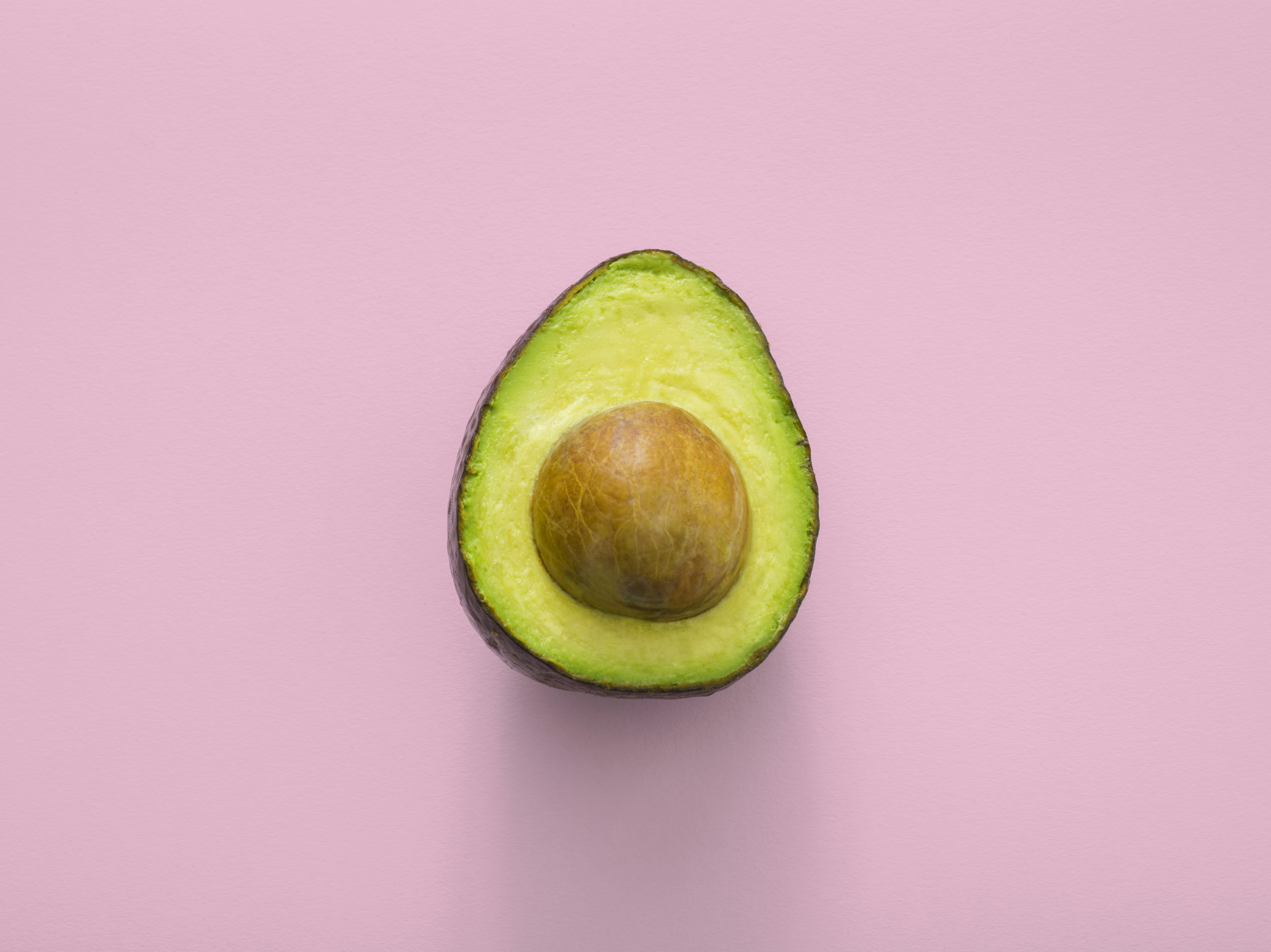Have you ever wondered what’s lurking in your favorite fast-food meal, beyond the expected fats, carbs, and proteins? If you’ve pondered the components of your drive-thru delight or been curious about what exactly constitutes the perfect blend of fast-food flavor, you might want to take a closer look at oxalates. Surprisingly, these naturally occurring compounds could be hiding in many meals, waiting to make their presence felt in a manner you might not expect.
Understanding Oxalates
Let’s start by getting to grips with what oxalates actually are. Oxalates are organic acids naturally found in plants, animals, and humans. They’re quite common, but their presence in food could impact your health in ways you might not have considered, especially if you’re sensitive to them.
The Role of Oxalates in the Body
For most people, oxalates pass out of the body without issue. However, in some cases, these compounds can bind with calcium to form calcium oxalate, which is a significant contributor to kidney stones. If you’re someone who’s prone to forming these painful stones, understanding oxalate levels in your diet may be incredibly important.
Foods Naturally High in Oxalates
In everyday foods, oxalates are found in spinach, beets, nuts, and many other plant-based foods. While these items are generally healthy, their oxalate content might not suit everyone. As you can imagine, when it comes to fast food, deciphering its oxalate content could be more than a little tricky.
Fast Food and Unexpected Ingredients
Fast food is a staple for many, offering quick and tasty meals without the fuss of cooking. But along with convenience comes a mixture of ingredients that might not be front and center in your mind. That delicious burger or tantalizing pizza could be bringing more to the table than you bargained for.
Common Fast Food Ingredients and Their Oxalate Levels
You’re probably familiar with the typical fast-food menu items – burgers, fries, shakes, and more. Each of these contains a variety of ingredients that can contribute to higher oxalate content. Let’s take a closer look at some of these common ingredients.
French Fries
French fries are often made from potatoes, and believe it or not, potatoes can actually contain oxalates. While potatoes aren’t as oxalate-rich as some leafy greens, their presence in a fast-food staple like fries means they contribute to your daily oxalate intake. Couple this with the fact that fries are often consumed in large quantities, and it’s easy to see how the levels might add up.
Burgers and Toppings
Think about a classic burger with lettuce and tomato. Although these fresh veggies add to your burger’s nutritional profile, they can also introduce oxalates. Tomatoes, while full of vitamins, contain oxalates, as does lettuce, though to a lesser degree. Consider also the sauces and toppings included in most burgers, such as pickles, which can also contribute small amounts of oxalates.
Pizza
When it comes to pizza, the usual suspects are present. Cheese, tomatoes (in sauce form), and certain toppings like spinach all contain oxalates. While the amount might not be as high in some cases, it’s the combination and frequency of consumption that can impact overall oxalate intake.
Quantifying Oxalate Content in Popular Fast Food Chains
Now that you’re armed with an understanding of oxalates and their presence in everyday ingredients, let’s delve into some popular fast-food items to understand how they measure up in oxalate content.
Fast Food Chains and Their Offerings
Different chains have varied menu items, and their oxalate content can differ considerably based on preparation methods and ingredients.
McDonald’s
At McDonald’s, the lineup is familiar, but the favorite menu items may surprise you in terms of their oxalate content.
- Big Mac: Between the bread, pickles, and lettuce, there are several sources of oxalates here. While the individual content might not be significant, the cumulative oxalate load from a full meal (including fries and a drink) can be higher than expected.
- French Fries: Given their potato base, fries at McDonald’s contribute to your oxalate intake, especially in super-sized portions.
Taco Bell
Think about the oxalates in your beloved Taco Bell treats, like tacos and burritos.
- Bean Burrito: Beans, a primary ingredient in many Taco Bell items, are moderate in oxalates. Coupled with cheese and sauces, the oxalate content here is noteworthy.
- Taco Salad: The mix of lettuce, tomato, and toppings ups the ante in terms of oxalates.
Starbucks
Yes, even your coffee stop isn’t exempt from oxalates.
- Spinach & Feta Wrap: Spinach is a notorious high-oxalate vegetable, making this seemingly healthy wrap not so innocent in oxalate terms.
- Pumpkin Spice Latte: While not as significant, certain flavors and milk choices can introduce oxalates into your daily caffeine boost.

Managing Oxalate Intake
Understanding that your fast-food favorites might be contributing to a higher oxalate intake is the first step in addressing it. If you’re someone who needs to monitor oxalates closely, either due to kidney health or dietary preferences, here are a few steps to manage this effectively.
Reducing Oxalate-Rich Foods
Cutting back on foods known to be high in oxalates can help you manage your intake. Instead of going for foods with known high oxalate content, opt for low-oxalate alternatives. Consider swapping out regular fries for sweet potato versions, or opt for a chicken salad without spinach.
Hydration and Oxalate Management
Drinking plenty of water is critical. It helps to flush out oxalates and reduce the risk of kidney stone formation. Make it a habit to drink water with and between meals to keep your body cleansed.
Balancing Your Diet
A balanced diet with a variety of nutrients can help counteract the effects of oxalates. Including enough calcium in your diet can help bind oxalates in the gut, reducing the amount your body absorbs. Focus on calcium-rich foods that are low in oxalates, like kale and dairy products.

Conclusion
Understanding the oxalate content in popular fast food items might not be a consideration every time you pull up to the drive-thru, but it can be an essential aspect of managing your health, especially if kidney health is a concern. By knowing what to look for and how to balance your diet, you’re in a better position to make choices that suit your lifestyle while still enjoying the convenience and flavor of fast food. So, the next time you grab that quick lunch, you’ll have the knowledge to make choices benefitting your overall well-being without compromising on taste.
The journey of understanding food content is ongoing, and your menu selections can become a part of this adventure. Embrace it, learn as you go, and make informed decisions that will keep you feeling your best while still enjoying the flavors of life.




